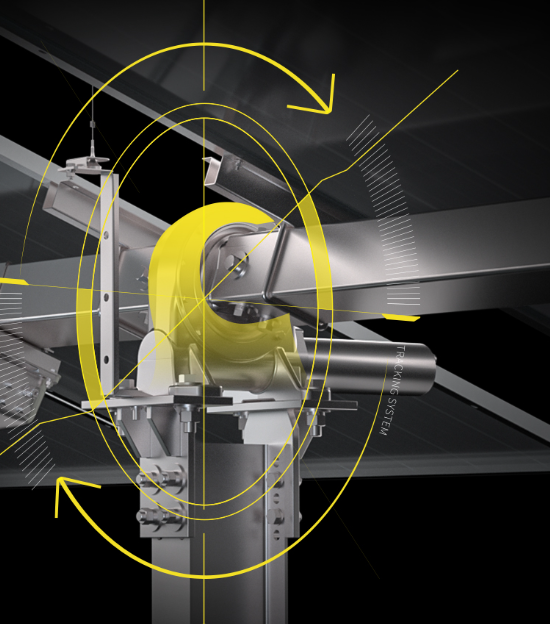Solar trackers are sophisticated devices that adjust the orientation of solar panels throughout the day to follow the sun’s path. By optimizing the angle at which sunlight strikes the panels, solar trackers can significantly increase energy production compared to fixed systems. This technology is critical in maximizing the efficiency of solar energy systems, making them more viable for large-scale energy generation.
How Solar Trackers Work
The primary purpose of a solar tracker is to ensure that solar panels receive the maximum amount of sunlight possible. There are two main types of solar trackers: single-axis and dual-axis. Single-axis trackers rotate on one axis, allowing them to tilt either vertically or horizontally. In contrast, dual-axis trackers can adjust both vertically and horizontally, offering a more precise alignment with the sun. The Antai solar tracker, for instance, utilizes advanced sensors and control algorithms to enhance performance, allowing users to harness more solar energy throughout the day.
Benefits of Using Antai Solar Trackers
Incorporating the Antai solar tracker into solar energy projects provides several advantages. The Antai solar tracker is designed for durability and efficiency, ensuring long-term performance and reliability in various environmental conditions.
In conclusion, solar trackers play a crucial role in enhancing the efficiency of solar energy systems. The Antai solar tracker exemplifies this technology, providing significant benefits for renewable energy users. Antaisolar, as a leader in the solar tracker market, offers innovative solutions that ensure optimal energy production and sustainability.
